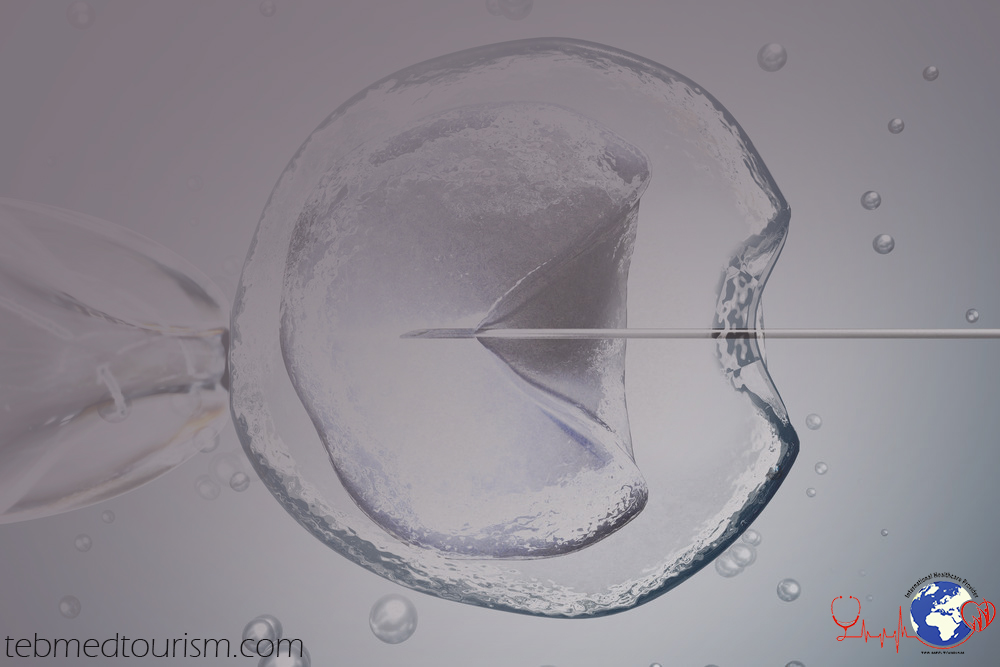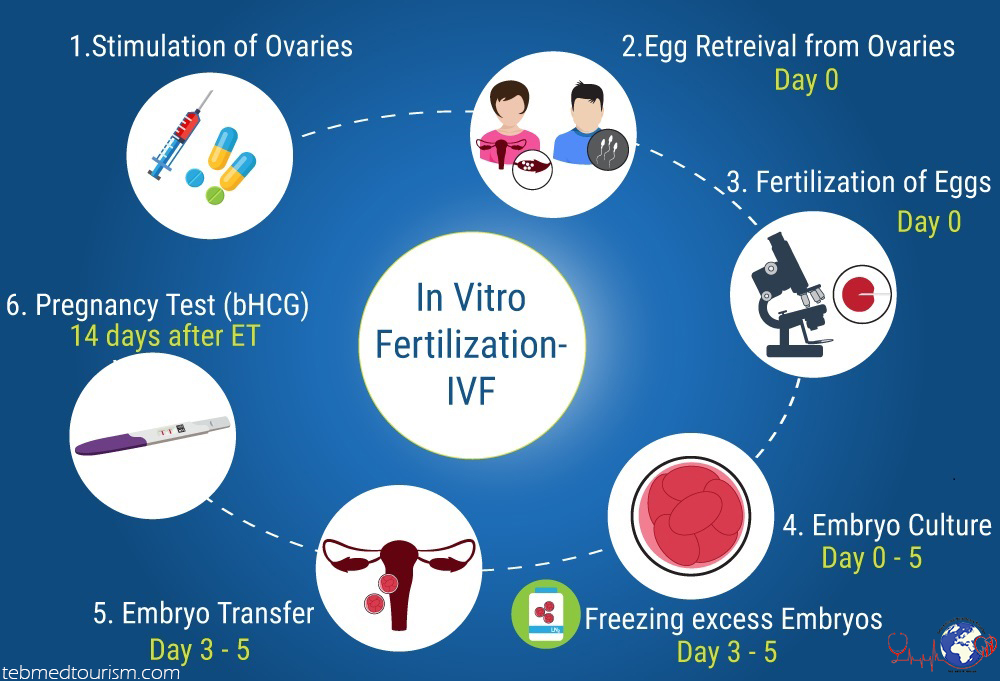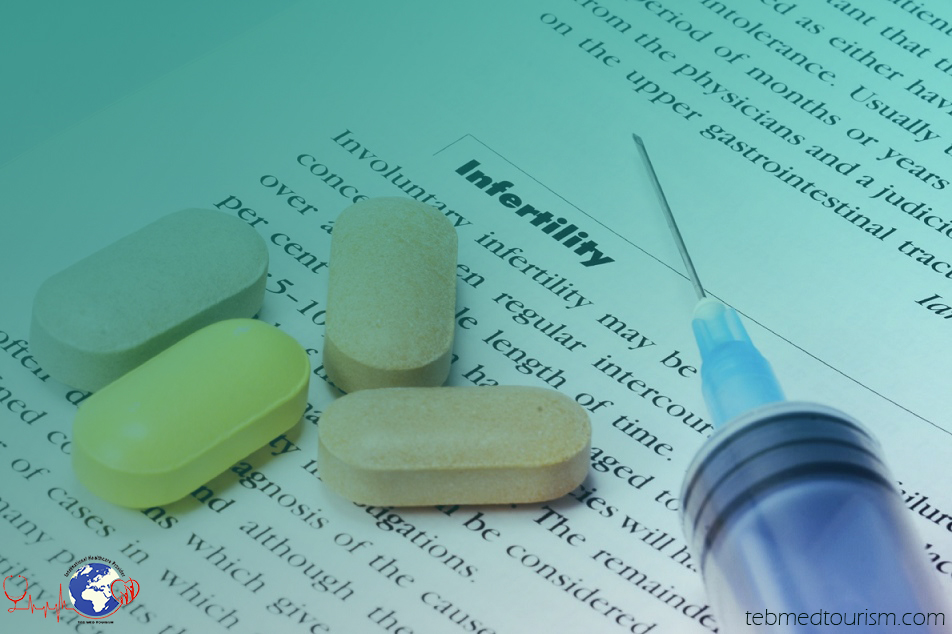Infertility treatment options
A couple planning a family expects things to take their natural course and for the woman to become pregnant within a few months of saying goodbye to contraception. For many couples, this is the case but one in six couples experiences difficulty conceiving a baby. After trying for several more months without success, fertility testing may or may not reveal an underlying problem that can be tackled. Infertility treatment is then worth careful consideration.
In this overview article, we look at the full range of infertility treatments available throughout the world; you can follow the links to more detailed articles elsewhere in the guide.
Infertility treatment in Iran:
According to the World Health Organization (WHO), infertility is a disease of the reproductive system defined by the failure to achieve a clinical pregnancy after 12 months of trying.
Infertility affects an estimated 20.4 % of couples globally.
The figure will drop to 12.4 percent after two years of trying, adding it shows that many infertile couples can have a baby if they keep trying.
The couples aged 35 years and above are not recommended to use the method because any delay in childbearing would aggravate their infertility problems.
Iranian couples no longer need to travel abroad for consultation or treatment for infertility as advanced methods of treatment for couples who have problems to conceive, are available in the country.
There are 3 million infertile couples in the country. Around 3-4% of young Iranian women suffer from recurrent miscarriages. Infertility rate is about 2.5% and secondary infertility is more prevalent than primary infertility. When a woman is not able to conceive at all, (due to infertility in either spouse), it is referred to as primary fertility. Secondary infertility is when a woman is unable to conceive again after the first successful pregnancy and childbirth. While causes of secondary infertility vary, the most important risk factors are advanced reproductive age, weight gain, abdominal surgeries, sperm quality and quantity, and smoking.
Microsurgical reconstruction for male infertility, new methods of male infertility treatment (medication, surgery, and Intracytoplasmic Sperm Injection (ICSI), the role of complementary therapies and medicines to improve fertility, and new imaging techniques for assessment of infertility problems in both genders, are among the main important topics that will be discussed.
At present, there are 80 infertility centers across the country and 20 more will be launched by the end of the current year.
Additionally, 35 state-run universities of medical sciences have equipped with new laboratory equipment and devices for identification and treatment of infertility problems.
IVF is never the first step in the treatment of infertility. Instead, it’s reserved for cases in which other methods such as fertility drugs, surgery, and artificial insemination haven’t worked.
On average, an IVF cycle costs $2,300-$2,900 in the country, while the majority of women have per-cycle success rates of 20-35%, which means they may need multiple tries to get pregnant.
IVF may be an option if one of the spouses or both has been diagnosed with problems like endometriosis, low sperm count, problems with ovulation, antibody problems that harm sperms or eggs, and unexplained fertility problems.
Read more



